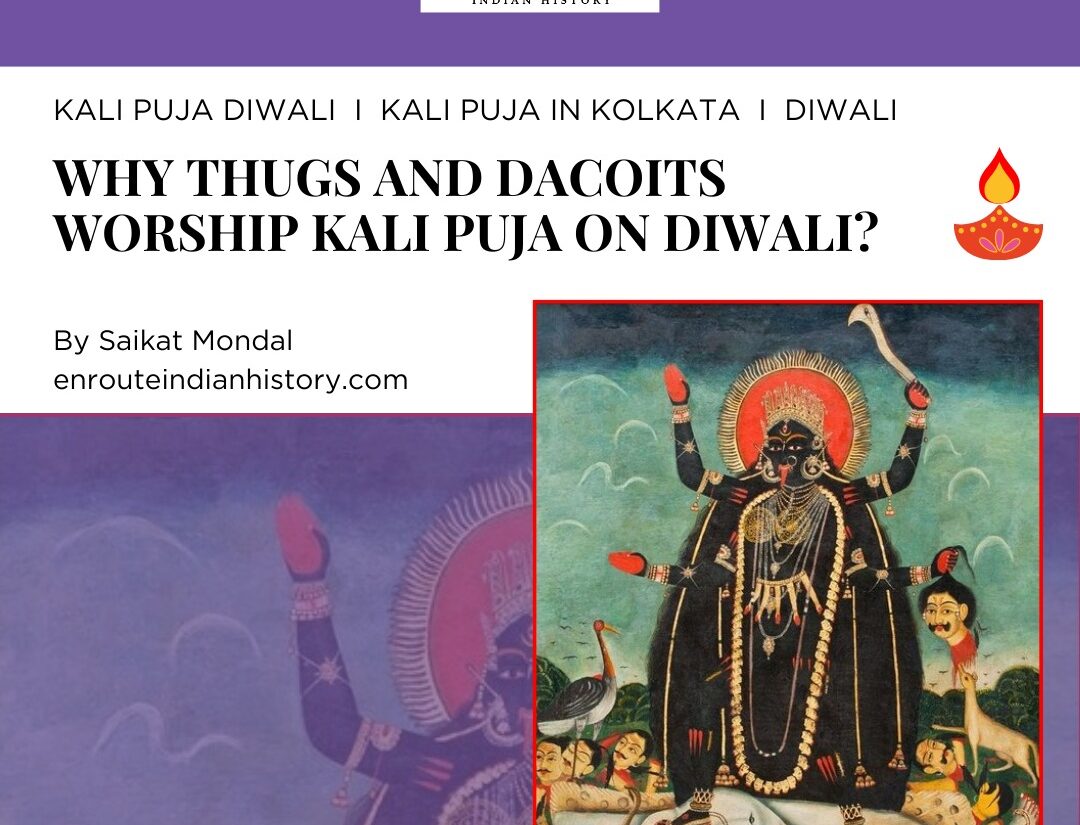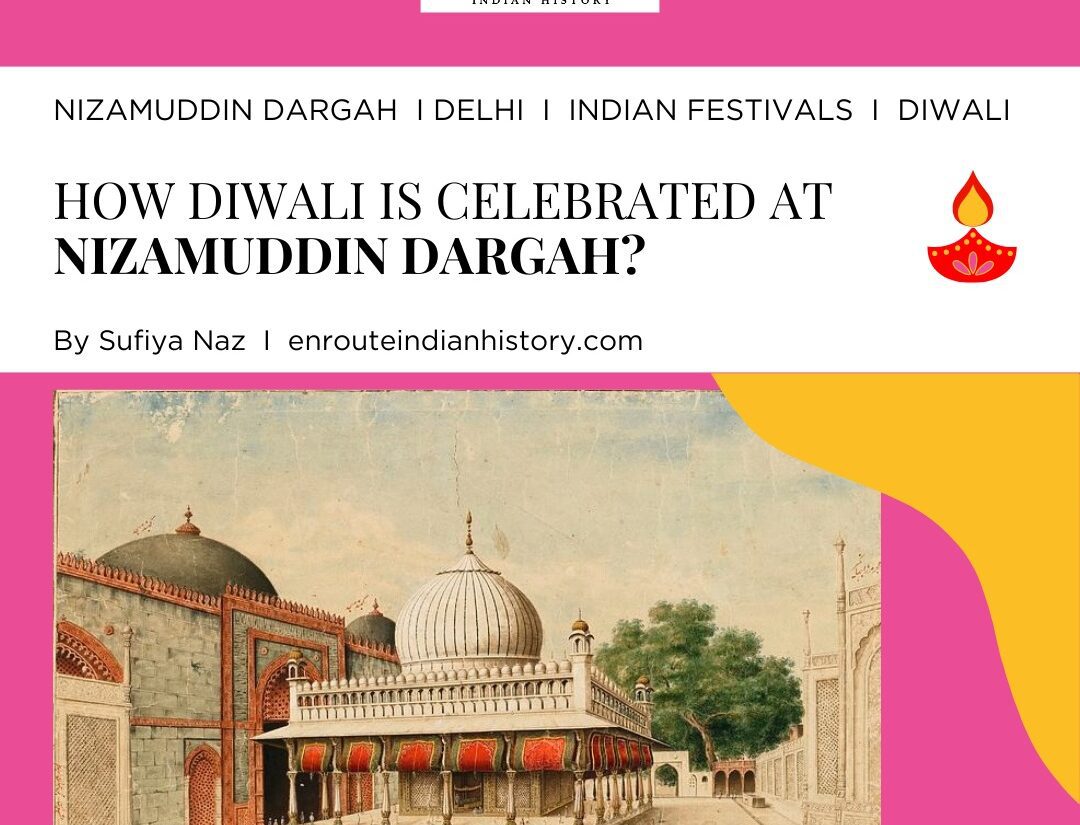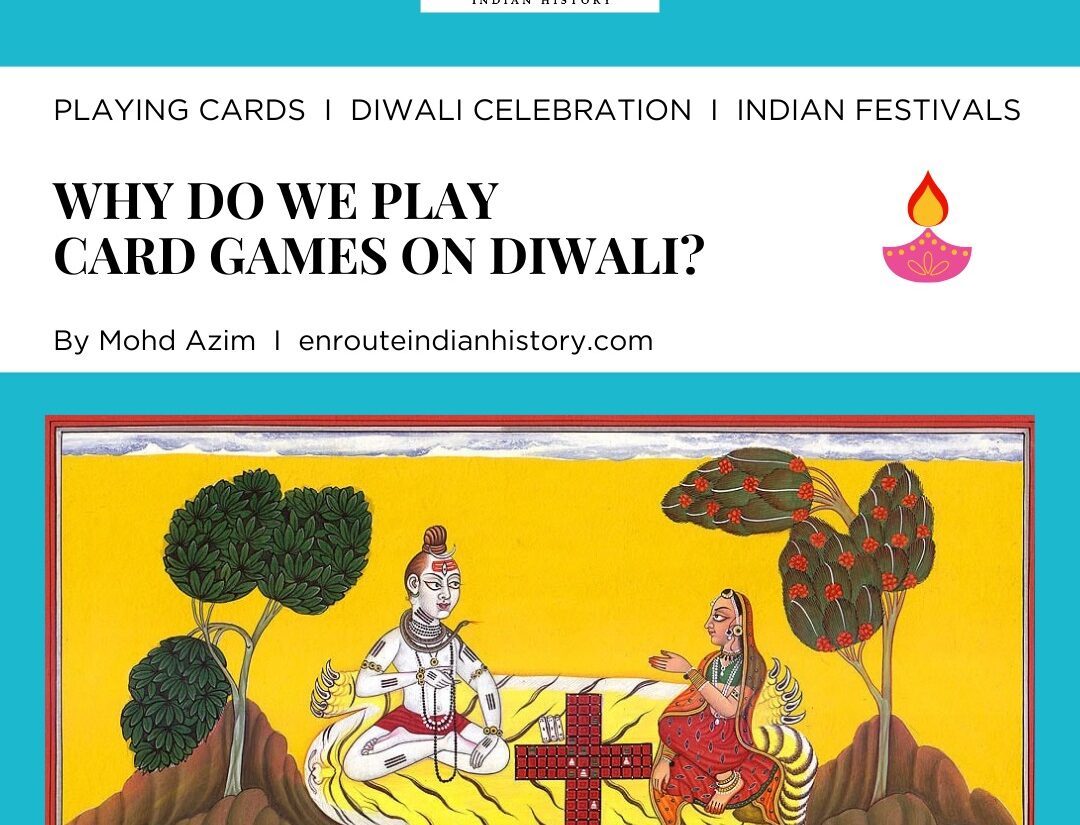
Dacoity in the sense as it is used today is a peculiarly British coinage deriving from the Bengali word Dakat or the Hindi word Dakait ( meaning robber or Bandit). In the West, with the efforts of William Sleeman the British established the Thuggee and Dacoity Department in India in 1835. In their portrayal, these Thuggees were Kali-worshippers, a bloodthirsty cult of stranglers and robbers who in the course of a few hundred years were responsible for over a million murders. In the writings of Van Woeken Kali was their inspiration, through a “unique, omnipotent and undifferentiated principle that is, everything in everything, in good as well as evil” which “set forth the Goddess (Dakate Kali puja) and ordered her to feed on blood”.

The Thugs worship Goddess Kali
Dacoits in Bengal and their Portrayal
But this portrayal of the West was very different from the viewing of these pujas in the East in the lands where these Kali pujas are taking place, particularly in the land of Bengal. During the day the dacoits would engage in their normal occupation during the day and in the dark of night they would go out for robbery with the blessings of Siddheshwari Kali for success. These pujas were very much revered and these dakats or dacoits were very much feared because of their ruthlessness some of the temples were situated near the Hooghly River because these dacoits used to travel with boats by waterways.
Dacoity appears to have been most prevalent in Bengal from 1841 to 1857, particularly in the districts of 24 Parganas, Howrah, Hooghly, Bardhaman, Nadia, Murshidabad, Jessore (now in Bangladesh), and Medinipur, according to historical documents and publications. According to a 2007 article in Economic & Political Weekly by Suranjan Das, the curve peaked in 1851 with 524 reported cases and decreased to 92 by 1856. Understandably, these were the districts most famous for dacoit-organized Kali Pujas, with many of them still alive today.
Historically, the most popular tale that has been handed down to us is one of the dacoits performing their devotions to Kali under cover of darkness, asking for her blessings before every major ‘mission’. Animals (mainly goats) and humans ( Bengali narabali ) were sacrificed to her, a terrible tradition that was widely documented.
Dakate Kali Puja and its stories
Dumurdah is one such forested island on the Ganges’ banks. There is an ancient Kali temple known as the Buno Kali temple. The architecture of the temple comprises a basic one-story structure with a pyramidal shape; there is a cemented platform (chatal) in the foreground and arched door in behind. Sacrifice was originally practiced, but puja is now performed in accordance with Vaishnavism. It is usual to cut off the ears of a goat and make an offering on a ‘belpata’ ( leaves of a wood apple plant, also known as Belpatra) if someone has a vow. Despite the name being wild black, a little digging revealed a narrative about thieves affiliated with this shrine. Vishwanath Bandyopadhyay of Dumurdaha, also known as Bishye Dakat, is closely related to the Buno Kalima shrine.
In the early nineteenth century, when the British government was struggling to deal with the dacoits of Bengal, it is said that the Bishi dacoits of Dumurdah were a terror to the British. Durga Charan Roy, in his book ‘দেবগণের মর্ত্যে আগমন’( Coming of the gods in Earth has written about figs- “Almost 60 years have passed since the famous robber Viswanath Babu lived here. Under this, dacoits used to rob boats till Jessohar. He had a large house along the Ganges in the Dumurdah region, from where it was possible to keep an eye on the far reaches of the river.”…
Similarly the story of Gagan dakat and his ordeal with Ma Sarada when Sarada Devi was travelling to see her husband Ramakrishna who was ill at that time As night fell, robbers under their leader Gagan Sardar blocked her path. The two, however, were taken aback when Sharada Devi’s eyes appeared bloodshot, like the face of Goddess Kali. Gagan and Raghu recognized their error. Realising their mistake they fell to Sharda Devi’s feet and asked for her forgiveness. They gave her refuge in their hut for the night and fed her fried rice, known as chal bhaja in Bengali, and fried pulse, called Korai Bhaja. They took her to Dakshineswar safely the very next day. From that point on, fried rice and fried pulses were included in the prasad during Kali Puja as part of an ancient custom. Following the incident, Ma Kali’s bloodshot eye idol was created by Raghu and Gagan Dakat. The idol reflected the angry expression of Mother Kali that they had seen on Sharada Devi. The original temple was built by the Burdwan Estate’s owner at the time.

Singur Kali Bari ( temple ) and The goddess Kali: WIKIMEDIA COMMONS
As we go a little further down the Ganges there is also a worship of Dakate Kali of Basudebpur of Tribeni of and the story Raghu dakat Basudevpur. The Dakat Kali temple is situated in a forested location near the intersection of two major roads. In Basudevpur, there are two infamous dacoits: Raghu Dakat and Budho Dakat. These two thieves’ were the worshippers of Dakshina Kali temple and built a temple single-spired, domed, and fronted by a massive chatal (platform). There is a pond behind the temple where Dakats are rumored to bathe before starting their worship. It is also said that Raghu dakat used to offer ‘Pora Lyata Mach’( roasted ‘lyata’ fish, Bombay duck, a species of lizardfish) to the goddess.

Similarly in Panduk, Bardhaman (West), Prahlad Dakat, whose life is mysterious, founded the temple dedicated to Bama or Vama Kali (also called Samhara Kali, the most dangerous and powerful form of the goddess as she comes out with her left foot carrying her sword in her right hand). According to the account presented today, he established the shrine after a robbery in Ketugram in which a member of his group attacked a woman, breaking the discipline of not injuring women, which many dacoits seemed to abide by. After the guy was killed by an enraged Prahlad, the woman took on the shape of Kali. Thus, a temple came into being.
Another fascinating example is from Jirat in Hooghly, where Kele Dakat built a temple dedicated to Siddheswari Kali. The idol’s basic design hasn’t altered over the ages. During the day, Kele Dakat appeared to be a prosperous zamindar (landowner and tax collector) in Kalichand, with a significant portion of his money originating from his side business. Though many of Bengal’s renowned thieves did attempt to gain social respectability as zamindars, Kalichand’s descendants have always refuted this story. There is another version of the story where the site is identified as the place where a remnant of Sati fell and a Brahmin by the name of Kashinath Adhikari dreamt about goddess Kali and her wish to establish a temple there and thus the Temple came into being.
Dakati ( the profession of the Dacoits, robbing people and villages ) has long gone but the relevance of Dakate kali has not as they are believed to be the spiritual hotspots and as people believe their wishes will get fulfilled when they pray to these goddesses. There is a huge difference in understanding Dacoits who considered them Criminal miscreants but upon careful observation, we would find out that it was the British policies of Taxation which pushed certain sections of society into Dacoity and Social Banditry. There was also subsequent criticism of Kali puja or the worship of Goddess Kali as Humes states: “Kali worship practices were a superstitious accretion not enjoined in the higher scriptures” he further cites the example of Rammohan Roy who found animal sacrifice so repellant that he refused to participate in his own family’s customary Kali worship. Many of these Dakate Kali puja were associated with human sacrifice in the earlier days and now restrict themselves to animal sacrifice. Tagore in one of the sacrifices critiqued the notion of Sacrifice, in which at the end of the play, even Kali’s priest, who has lost Jaising, his young protégée, to Kali’s thirst for blood – Jaising took his own life in order to appease the goddess, who had demanded he kills the king who opposed her – denounces the goddess, calling her “the silly stone, – deaf, dumb, blind, – the whole sorrowing world weeping at her door”. But in spite of several critiques, Goddess Kali and Kali Pujo play an influential role in the cultural milieu of Bengal.
References
- Raducanu A. (2016) Interrogating Urban Spaces: Kali and the Intellectual in two Contemporary Novels. Gender Studies, Vol.14 (Issue 1), pp. 95-118. https://doi.org/10.1515/genst-2016-0007
- Bandyopadhyay, D.N. and Brown, P. (2011) Landscape, place and culture: linkages between Australia and india. Cambridge Scholars Publishing.
- Mukherjee, A. (1984) ‘Crime and criminals in nineteenth century Bengal (1861-1904)’, The Indian Economic & Social History Review, 21(2), pp. 153–183. Available at: https://doi.org/10.1177/001946468402100202.



















